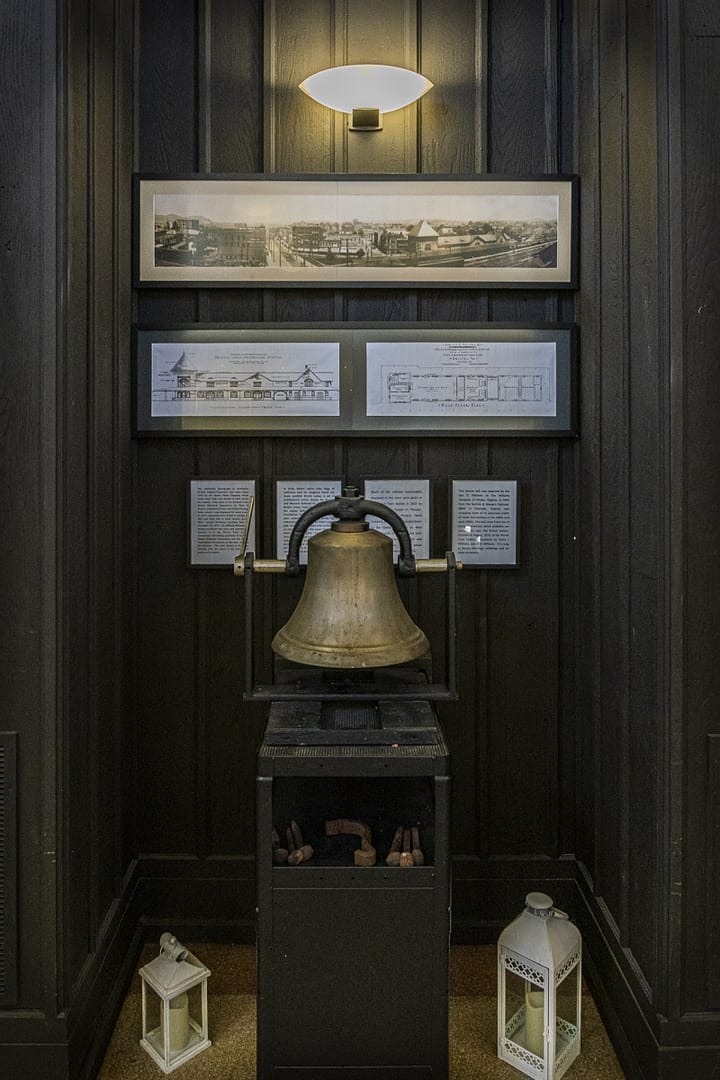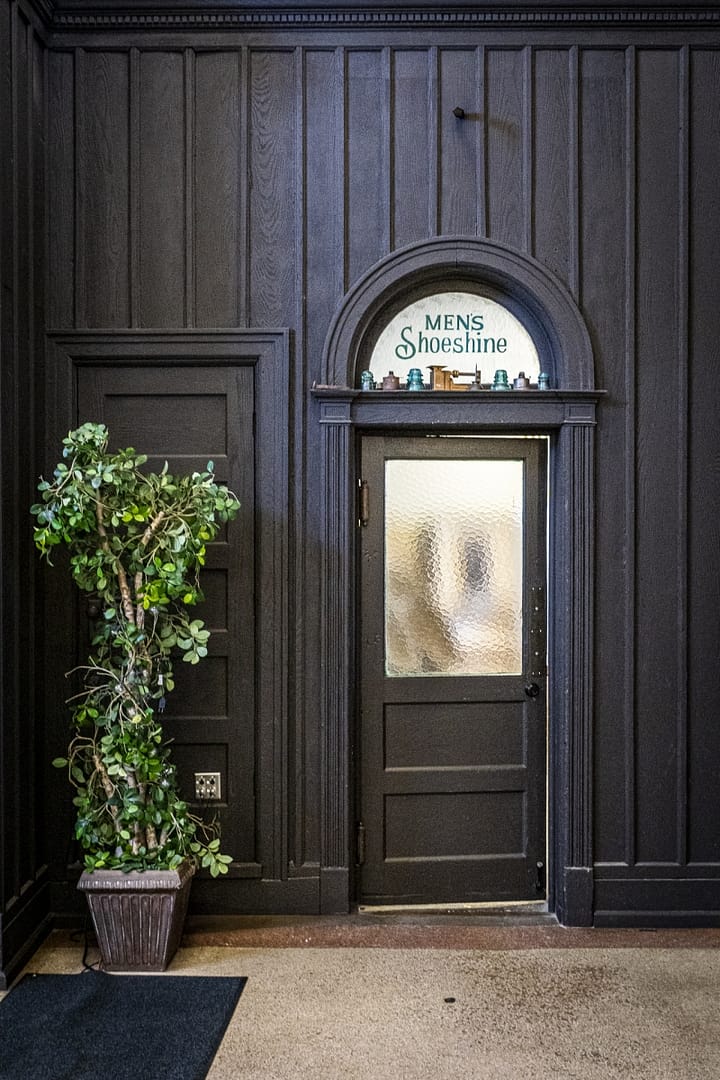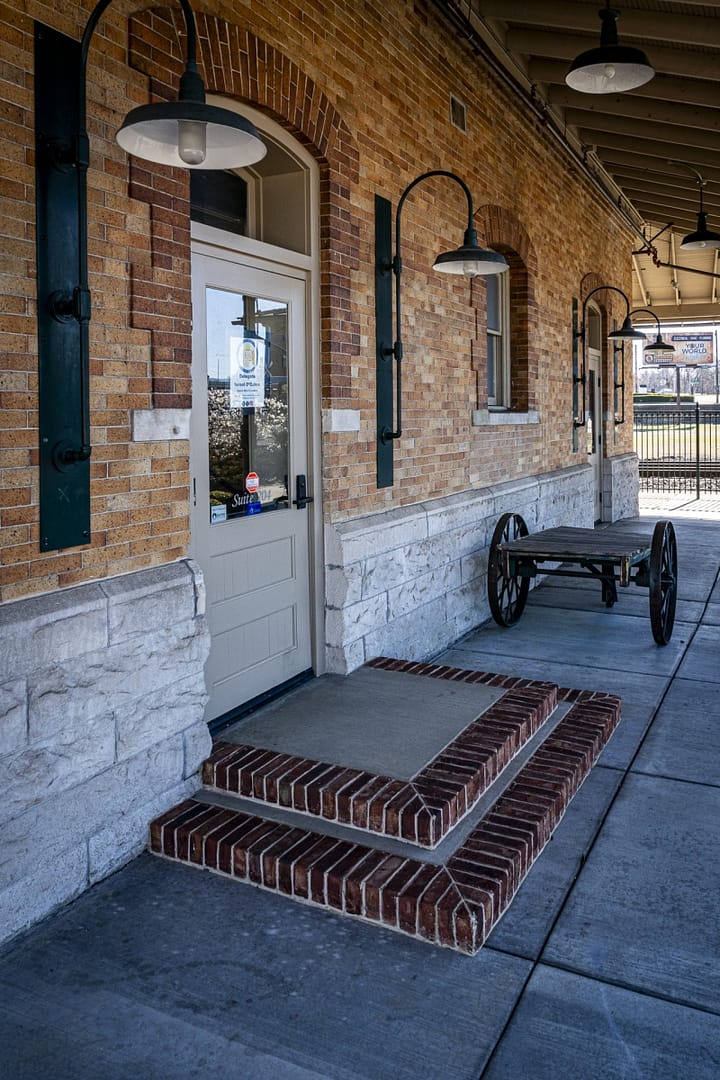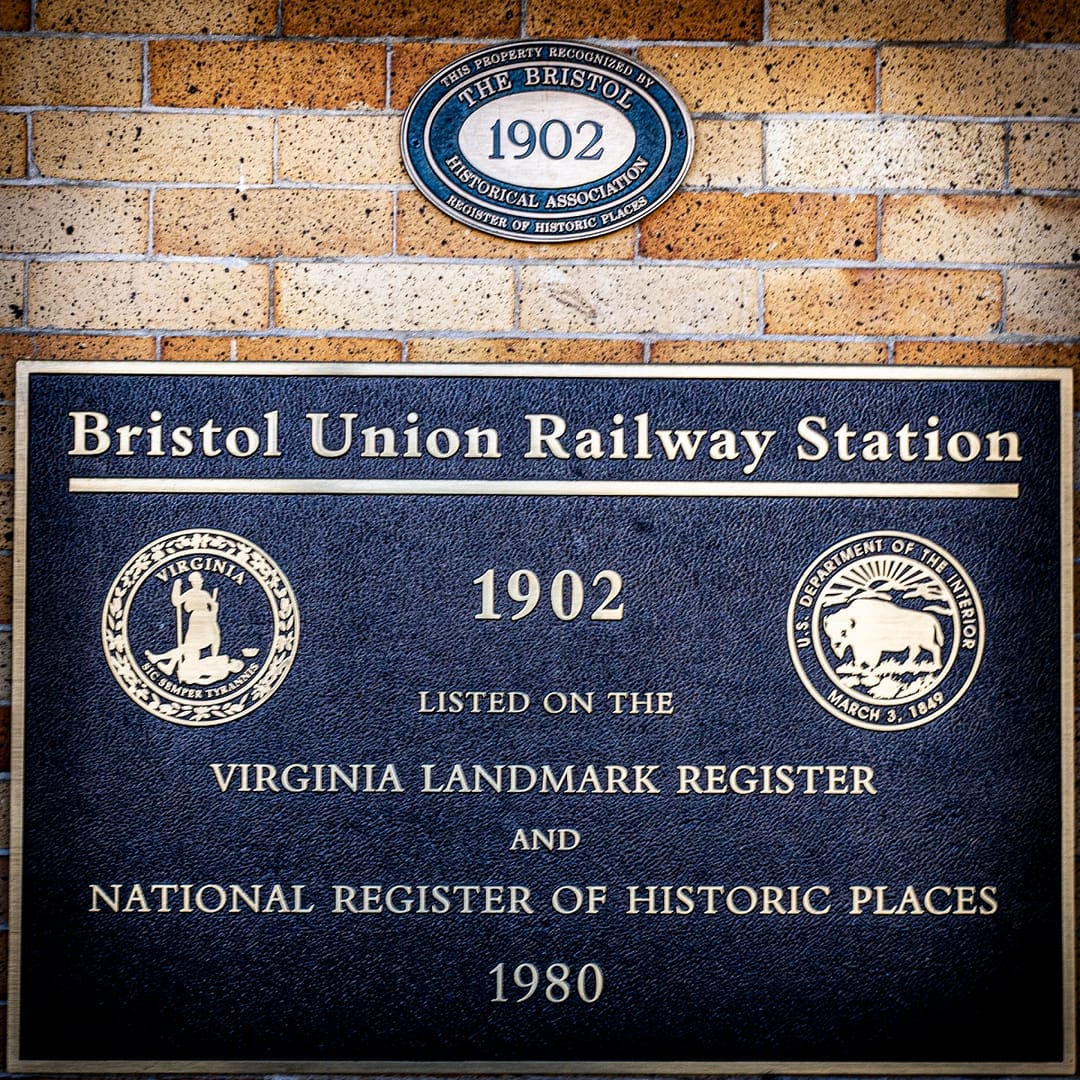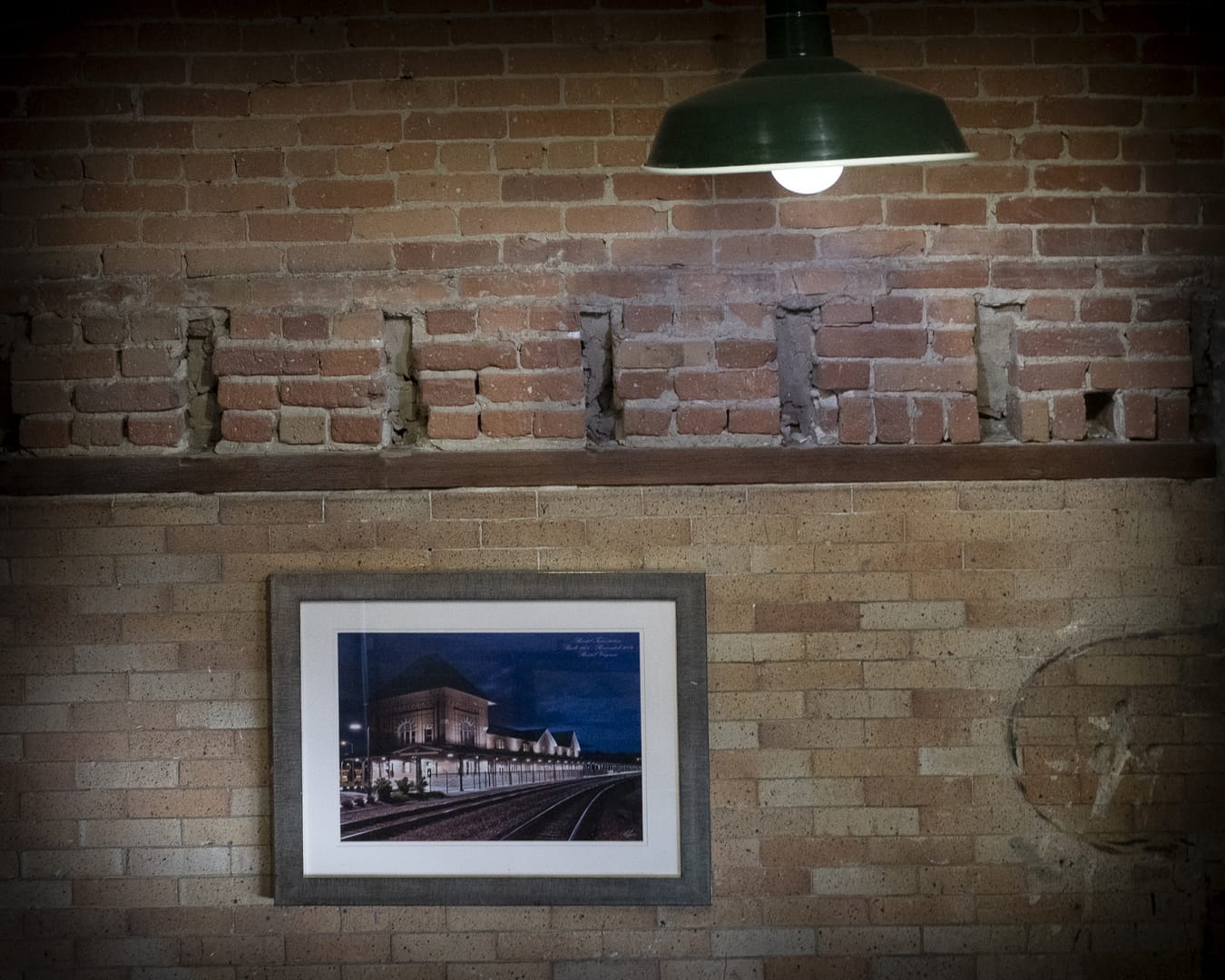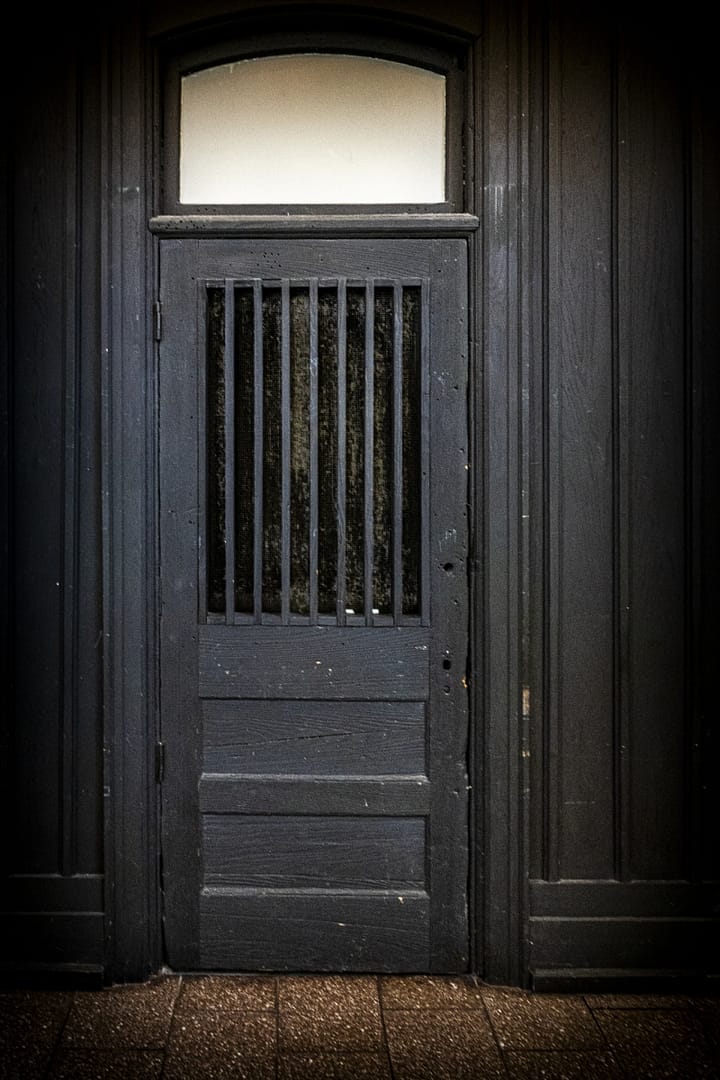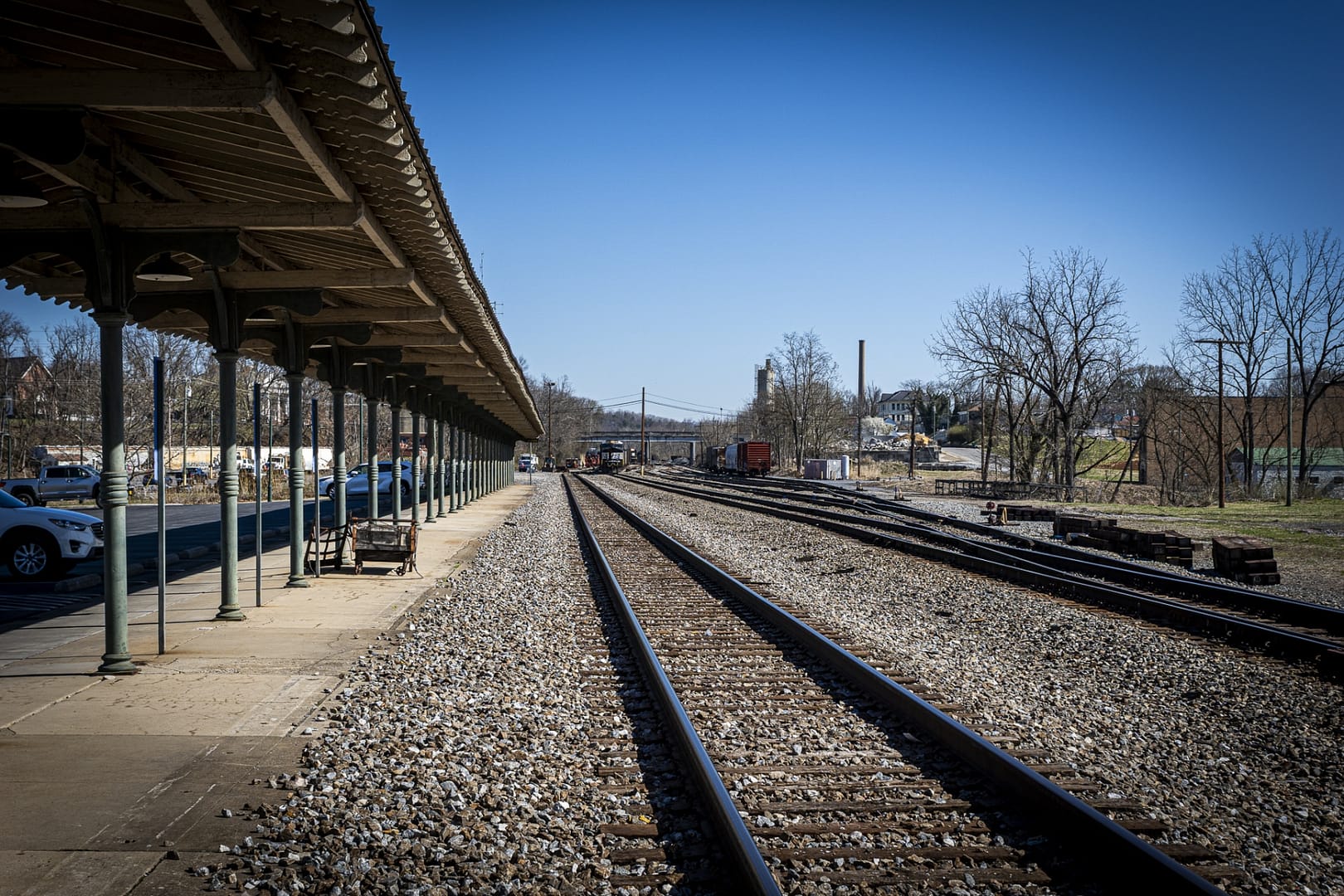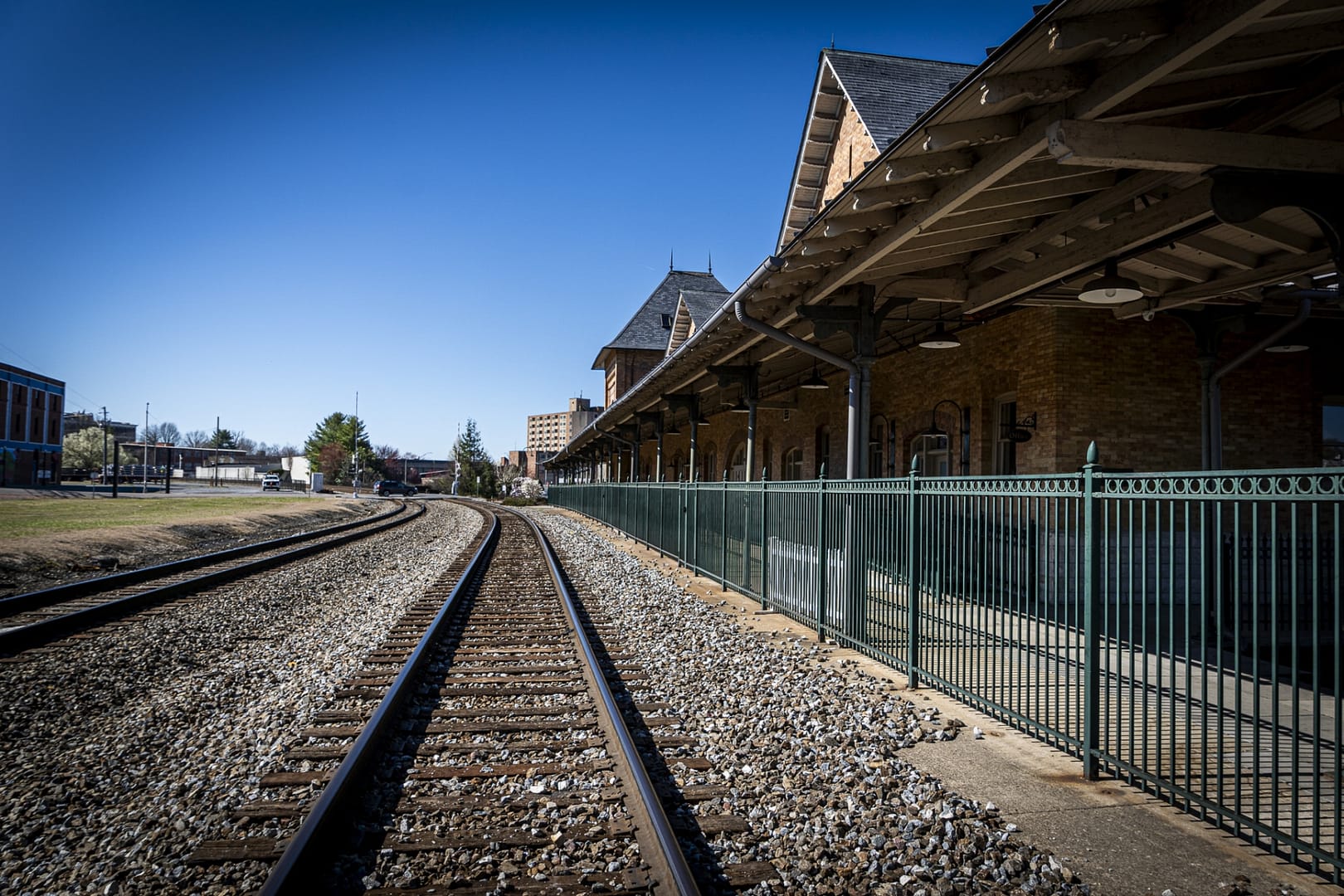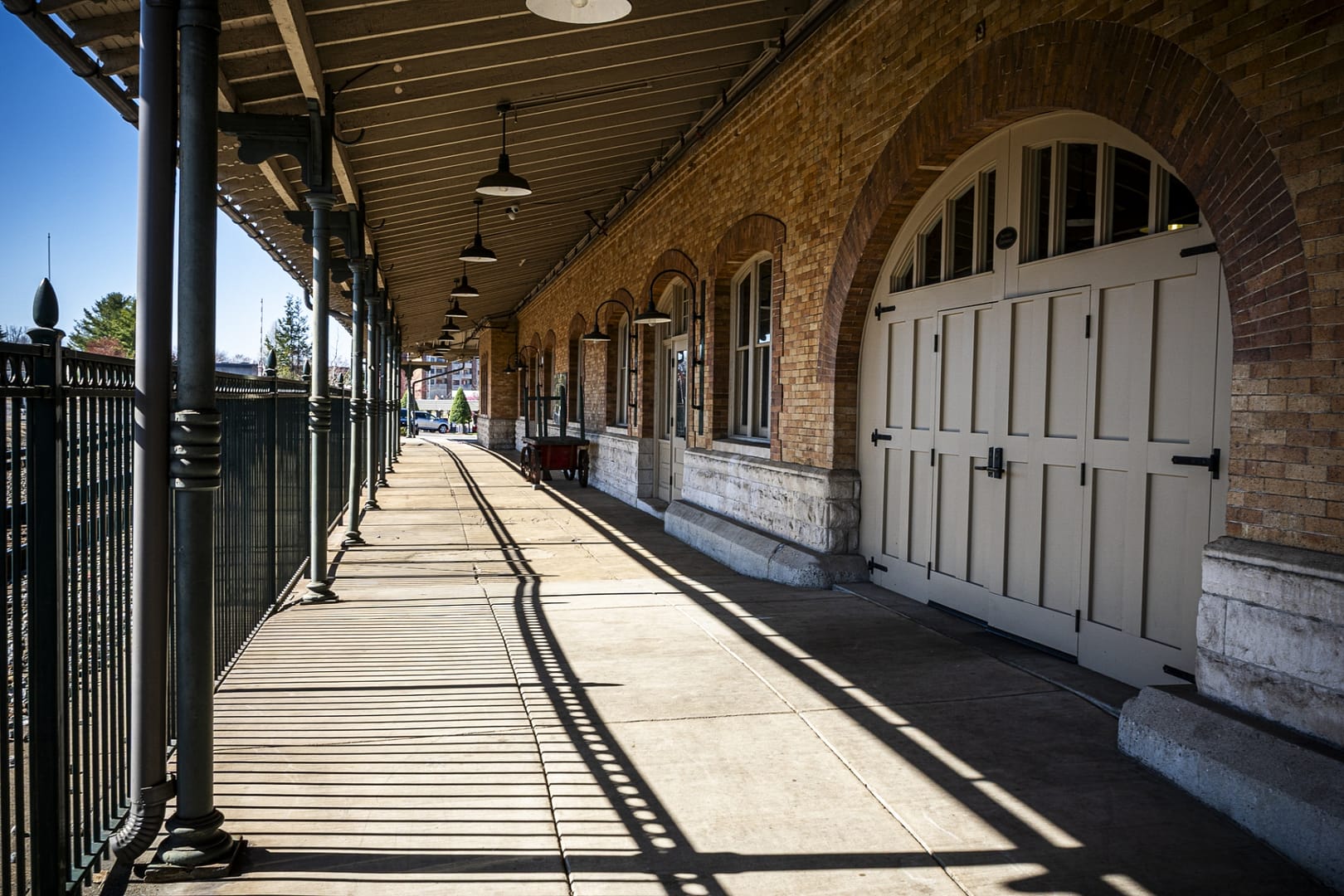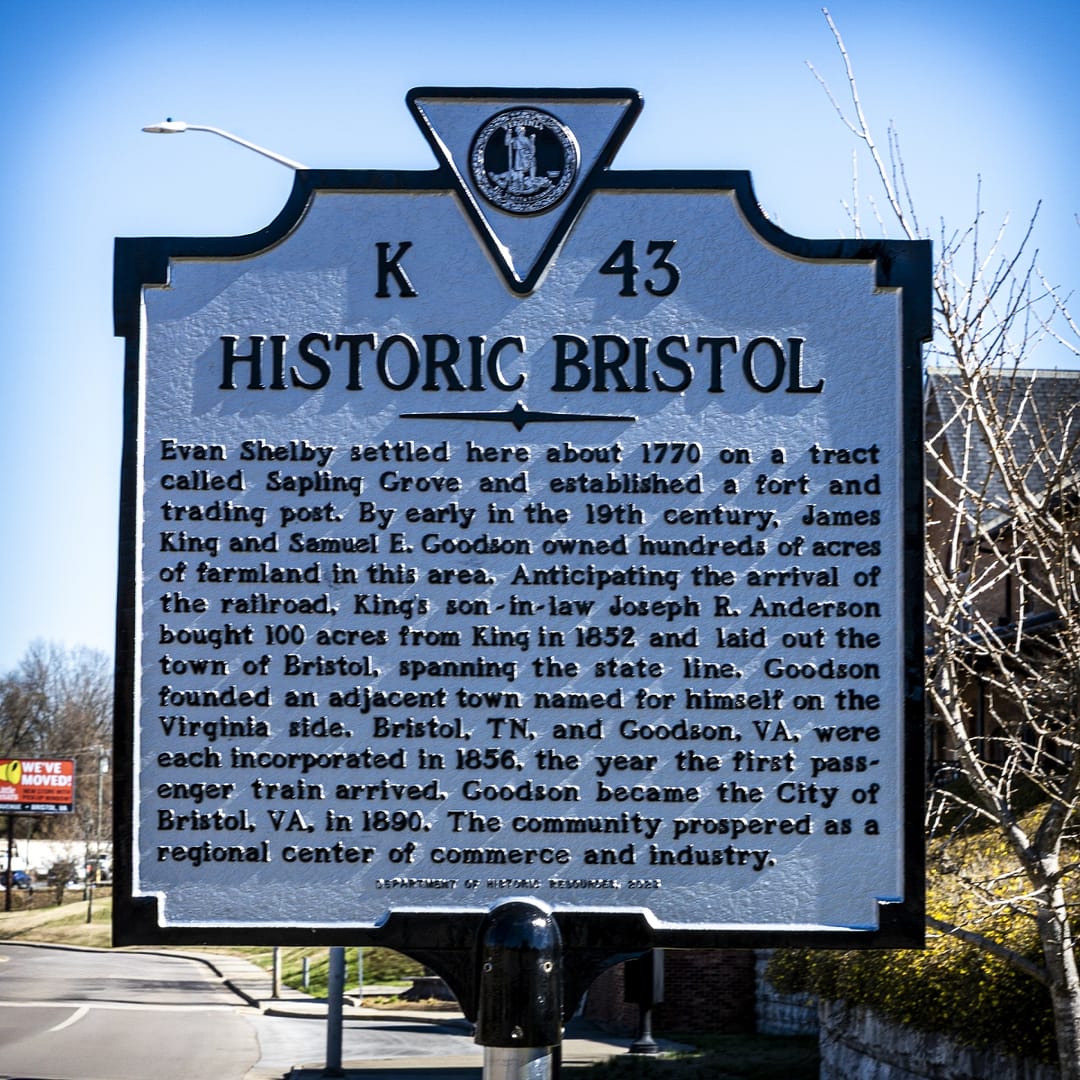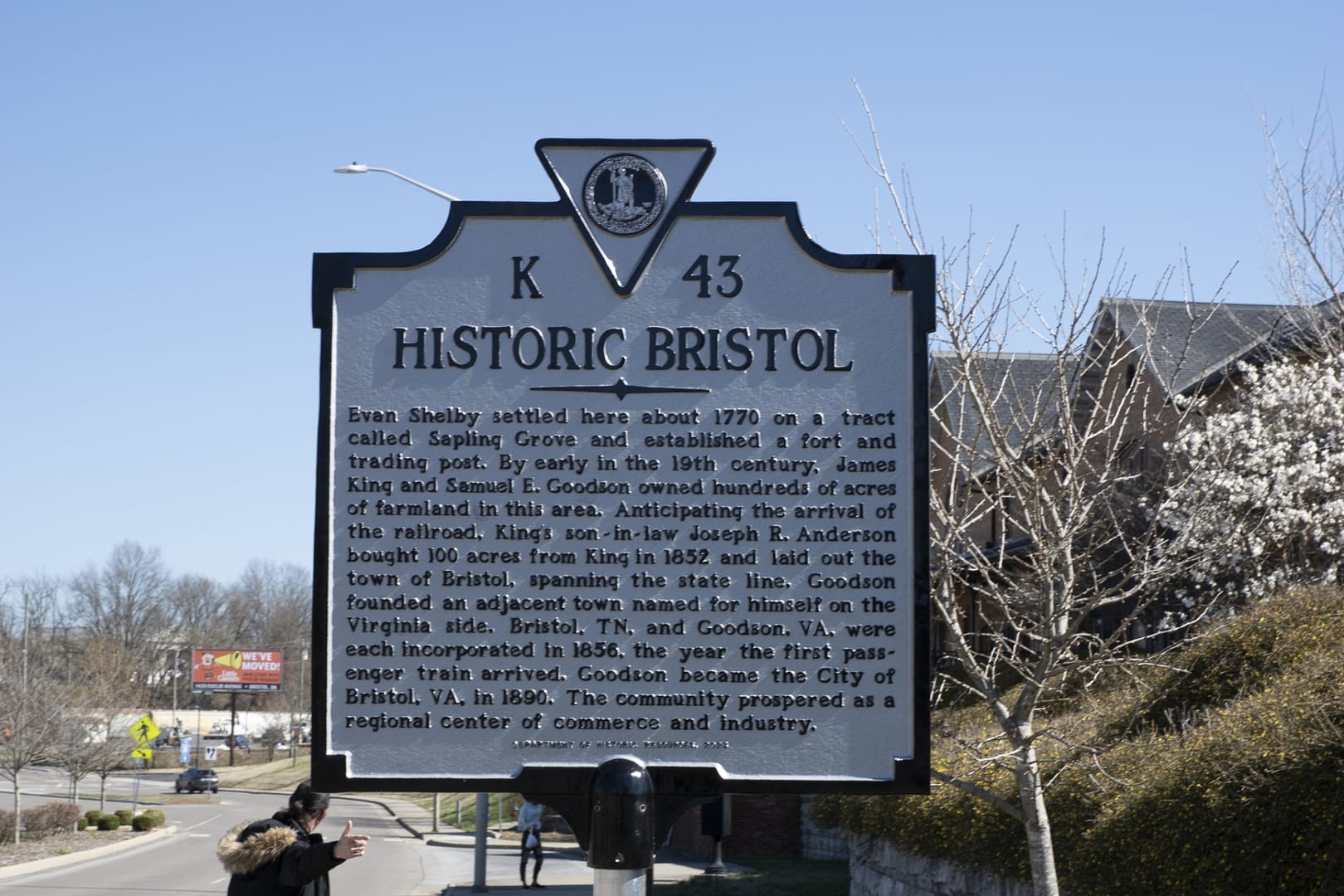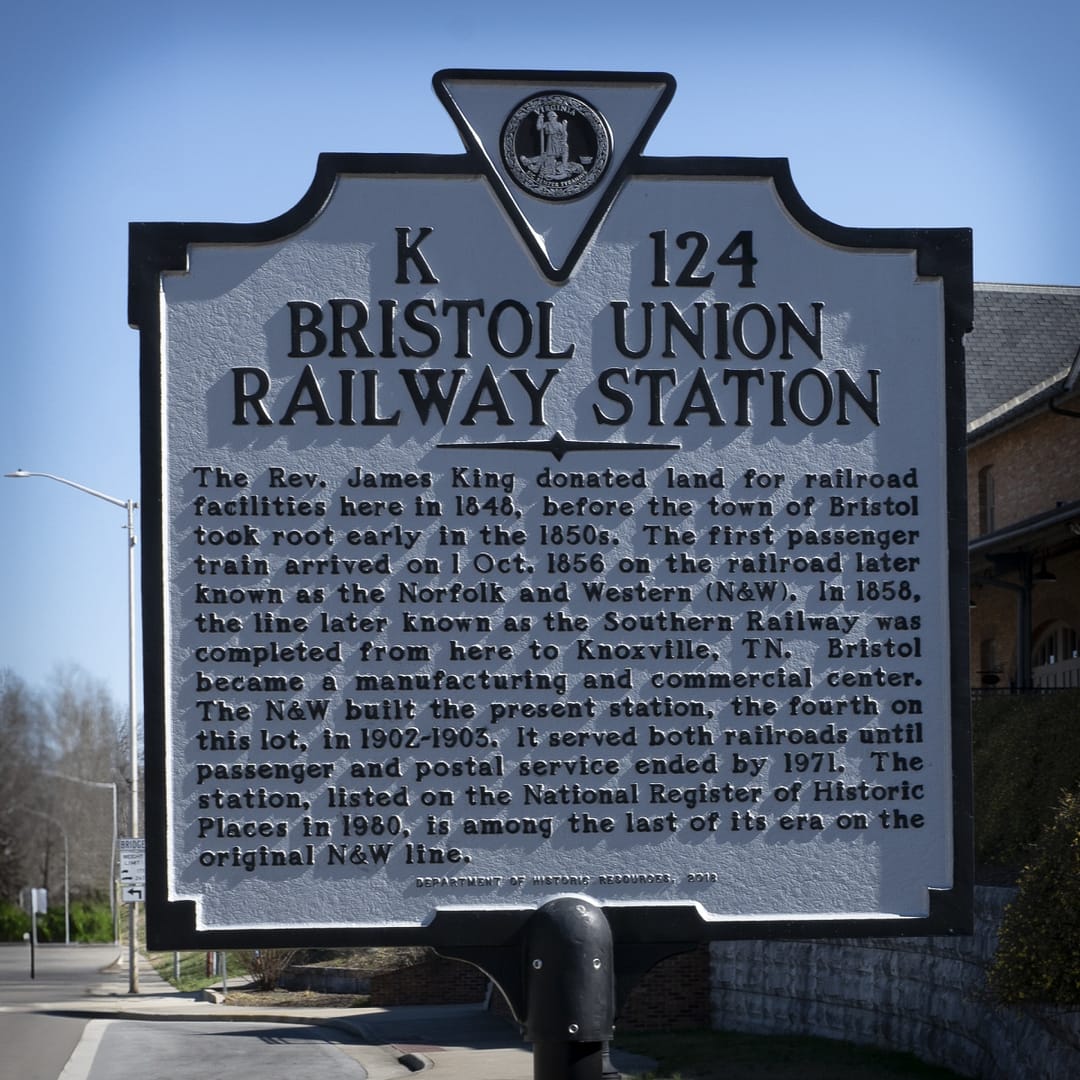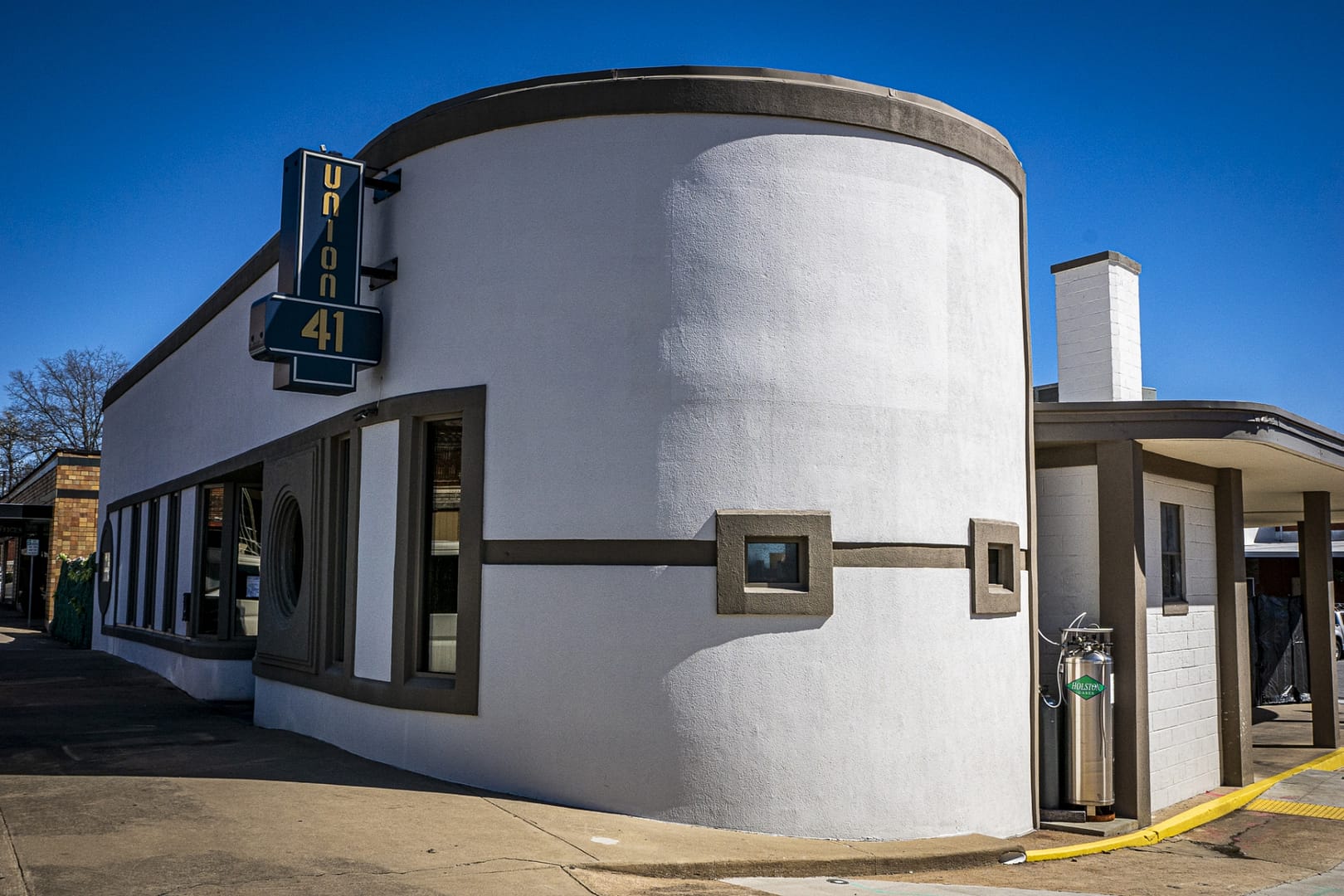A Look at Bristol’s Historic Train and Bus Station
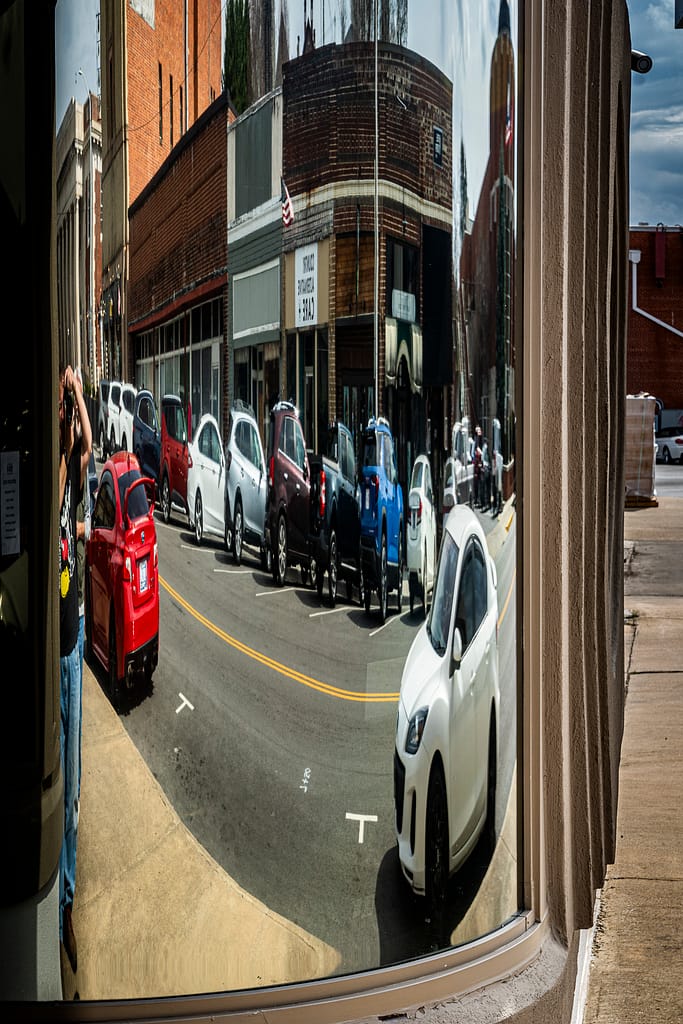
Tucked into the fabric of downtown Bristol is a building that doesn’t shout for attention, but if you stop and listen, it tells stories of arrivals, departures, reunions, and goodbyes. This is the old train and bus depot, a relic of a time when Bristol was a bustling stop on the way to somewhere—and sometimes the destination itself.
The Rhythm of Rails and the Road
The Bristol Train Station, built in the early 20th century, is a beautiful piece of railroad architecture. With its brick façade, arched windows, and prominent clock tower, it once welcomed travelers from all across the region. This was a place where soldiers left for war, families arrived for holidays, and countless lives crossed paths if only for a moment.
While passenger service stopped long ago, the station has been preserved and repurposed, now used for community events, private rentals, and public gatherings. I got to Walk through the space, it’s not hard to imagine the echo of announcements, the clatter of footsteps, chatter of travelers carrying their suitcases, and the sounds of the different types of trains. OVer the years you’d have seen all kinds of trains; wood and coal fired steam engines, diesel and electric engines. As I wandered around inside and explored some of the hidden nooks and crannies I found that I could explore the nuances of the building. This gave me the opportunity to capture some images that continue to remain of this by gone era.
A Hub of Transition and Connection. Just across the way, the old bus depot served as another vital connection point in the age of overland travel. Long before smartphones and flight itineraries, people boarded Greyhound buses to Bristol to start new jobs, visit family, or simply see where the road might lead.
My friend Jim Cook and I stumbled upon a rounded mirror like window that turned out to be the front of a restaurant. I was immediately drawn to the reflections and abstracted image’s it produced, distorted shapes, light, and movement blending into something surreal. As I was photographing the scene, someone came outside to invite us in. They revealed that the owner had been standing behind the mirrored glass making faces at us the whole time. Apparently, the staff inside was hysterical watching it unfold. The restaurant was called Union 41. We returned for dinner that evening.
When we did, the atmosphere was just as memorable. A waitress’s uniform hung on the wall like a piece of living history. The open kitchen, surrounded by the bar, was adorned with old invoices, bus tickets, and keepsakes, relics that gave the place the feeling of a working archive. As Jim and I ordered and looked around, he told me about his father, who once drove for Greyhound. Bristol had been one of his regular routes.
Hearing that grounded the depot’s history in something personal and real, a man tracing the same roads day after day, helping strangers on their way, forming a quiet thread of connection across time and distance. Drivers like Jim’s father weren’t just behind the wheel; they were part of their story. A steady presence witnessing change, movement, and the quiet poetry of homecomings.
A Place That Carries Memory, there’s something deeply human about old depots. Even in their stillness today, they feel full. You can almost sense the foot traffic, the handshakes, the long looks out a window before a train or bus pulled away. These places are about more than architecture—they’re about motion, and the many lives that passed through.
From faded ticket booths to painted murals, we’ll wrap up our Bristol series with a look at the signs and street art that color the town and tell its story in bold, beautiful strokes.

